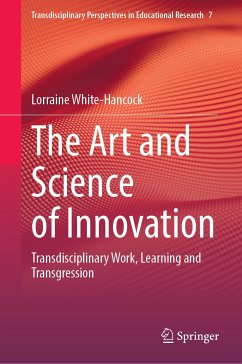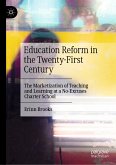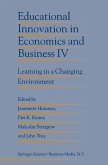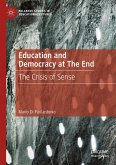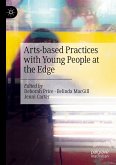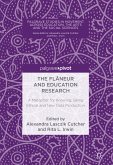This book addresses how innovation is generated in transdisciplinary work and learning, focusing on the interface between art, science and technology. It considers innovation in a new way by drawing on ideas about transgression, largely from a feminist perspective. Three of five case studies examined involve Synapse artist-in-residence projects where artists worked in collaboration with scientists in their scientific organisations in Australia as a means of encouraging innovation. The remaining two cases examine innovation and transgression in the collaborative work of the prominent Australian artist Patricia Piccinini and in the German Bauhaus school. This book appeals to artists and scientists, workplace managers, policy makers, researchers and educators interested in STEM or STEAM education.
Dieser Download kann aus rechtlichen Gründen nur mit Rechnungsadresse in A, B, BG, CY, CZ, D, DK, EW, E, FIN, F, GR, HR, H, IRL, I, LT, L, LR, M, NL, PL, P, R, S, SLO, SK ausgeliefert werden.

